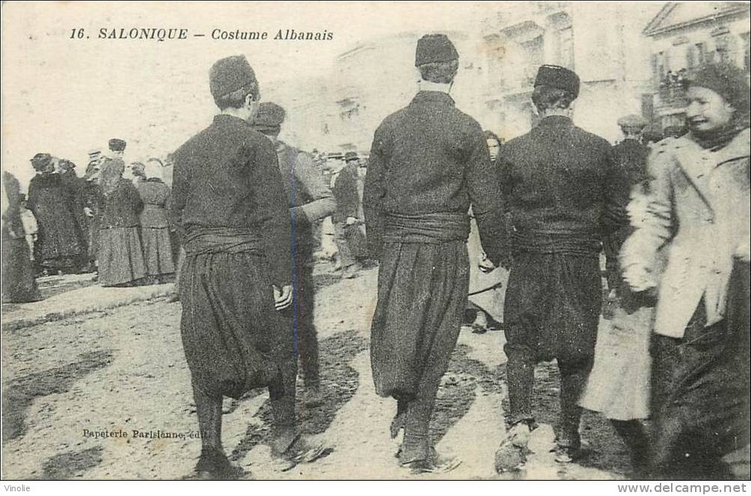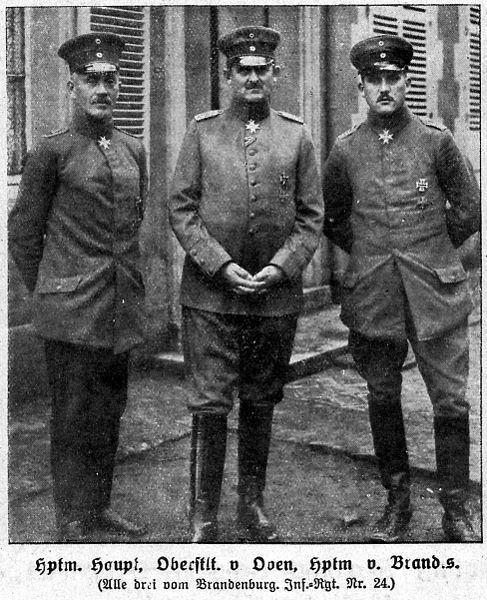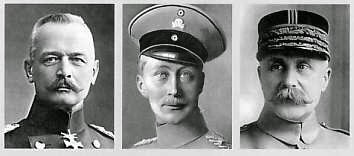After completing their
conquest of Serbia and Montenegro, the Austro-Hungarian army turns its
attentions toward Albania, occupying the coastal city of Durazzo on the
Adriatic Sea on February 27, 1916.
Durazzo, also known as Durres,
had served as an important port in the region since the 5th century, when it
was part of the Roman empire. After an invasion by the Ottomans at the end of
the 14th century, many Albanians immigrated to Italy; a majority of those who
stayed behind converted to Islam.
The end of the 19th century
saw an explosion of nationalist fervor in Albania and a number of revolts
against Ottoman rule. The country's neighbors, Serbia and Greece, were poised
to divide up Albania between them after the withdrawal of the Turks. Not
wanting this to happen, the Great Powers of Europe—Germany, Great Britain,
France, Austria-Hungary and Russia—appointed a special commission to set the
boundaries of post-Ottoman Albania, in the process stripping the country of 40
percent of its population and more than half its territory, including Kosovo
(which became part of Serbia) and Cameria (which went to Greece).
Despite having previously
recognized Albanian independence, the Great Powers also appointed a German
prince, Wilhelm of Wied, as the country's ruler. Just months after Prince
Wilhelm's arrival, in March 1914, World War I broke out in
Europe, and the prince was forced to flee Albania in the face of strong local
opposition.
Albania soon became a
battleground for the Allies and Central Powers in the Great War. In 1915,
Durres was occupied by the Italians, who called it Durazzo. As the armies of
the Central Powers, Germany and Austria-Hungary, stormed through the Balkans,
taking control of both Serbia and Montenegro, thousands of Serbs sought escape
through Albania, where the Italians and other Allies helped them evacuate to
the island of Corfu, in the Adriatic Sea, where the Serbian provisional
government was established.
On the verge of the Austrian
invasion of Durazzo, Italian forces killed some 900 mules and donkeys before
evacuating the town; Durazzo's Albanian inhabitants fled en masse as well. The
leader of Albania, Essad Pasha, moved to Naples and set up a provisional
Albanian government. Austria would occupy Durazzo until the end of the war, in
late 1918.
At Versailles, the country's
fate was again in the hands of other European powers. Albania appealed to the
victorious Allies, especially the United States,
to preserve their independence in the face of claims from Serbia, Montenegro,
Italy and Greece. After much haggling, Albania was admitted to the newly formed
League of Nations in 1920 as an independent state, with its borders virtually
the same as they had been before the war.
Taken from: http://www.history.com/this-day-in-history/austrians-occupy-durazzo-in-albania
[27.02.2015]




















.png)

































































